Google and Stanford University researchers propose a technique that has AI predict the steps required to reach a goal state.
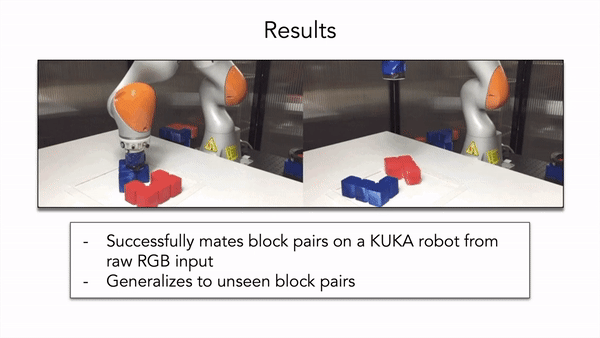

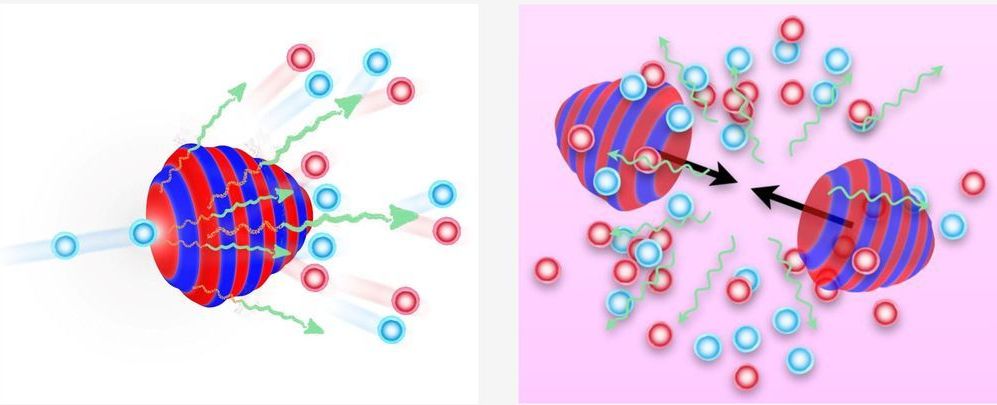
The subject of the 2018 Nobel Prize in physics, chirped pulse amplification is a technique that increases the strength of laser pulses in many of today’s highest-powered research lasers. As next-generation laser facilities look to push beam power up to 10 petawatts, physicists expect a new era for studying plasmas, whose behavior is affected by features typically seen in black holes and the winds from pulsars.
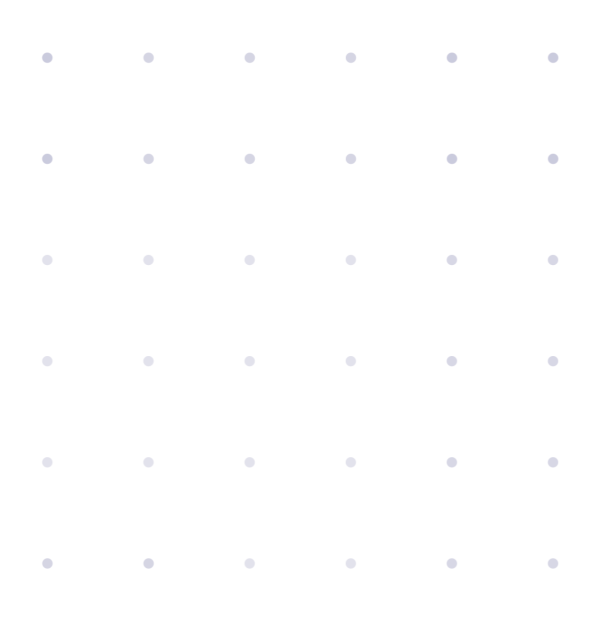
Modern capabilities for fake video creation are an emerging threat to digital communication, both on private channels and online.
Since 2018, we have been at the forefront of threat research and detection solutions against deepfakes, working with news organizations, brands, and digital platforms.

Microsoft’s security team has issued an advisory today warning organizations around the globe to deploy protections against a new strain of ransomware that has been in the wild over the past two months.
“PonyFinal is a Java-based ransomware that is deployed in human-operated ransomware attacks,” Microsoft said in a series of tweets published today.
Human-operated ransomware is a subsection of the ransomware category. In human-operated ransomware attacks, hackers breach corporate networks and deploy the ransomware themselves.
This ring-like device turns any surface you want into a touch screen 👆 🤯.
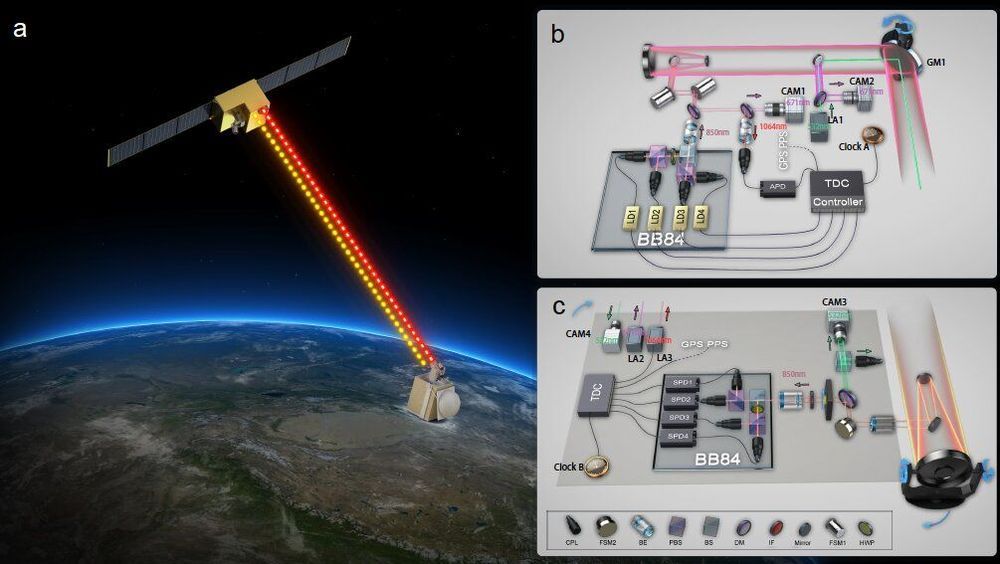
Researchers at the University of Science and Technology of China have recently introduced a new satellite-based quantum-secure time transfer (QSTT) protocol that could enable more secure communications between different satellites or other technology in space. Their protocol, presented in a paper published in Nature Physics, is based on two-way quantum key distribution in free space, a technique to encrypt communications between different devices.
“Our main idea was to realize quantum-secure time transfer in order to resolve the security issues in practical time–frequency transfer,” Feihu Xu, one of the researchers who carried out the study, told Phys.org.
Quantum key distribution (QKD) is a technique to achieve secure communication that utilize cryptographic protocols based on the laws of quantum mechanics. Quantum key distribution protocols can generate secret security keys based on quantum physics, enabling more secure data transfer between different devices by spotting attackers who are trying to intercept communications.
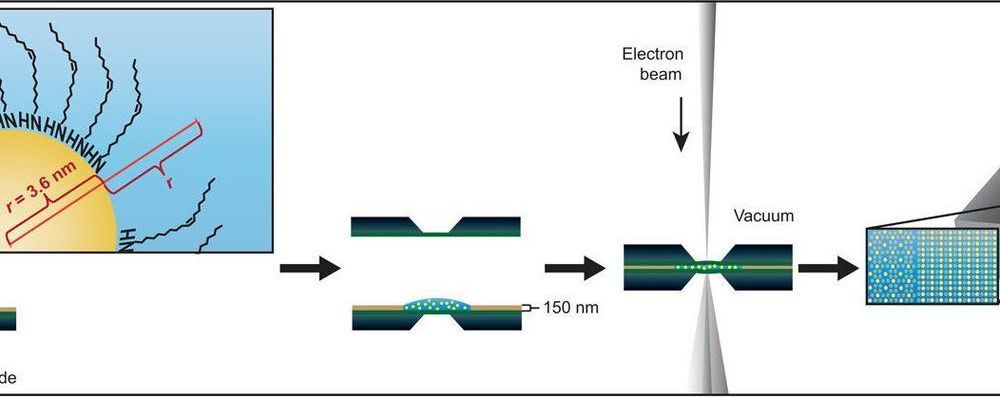
Nanoparticle superlattice films that form at the solid-liquid interface are important for mesoscale materials but are challenging to analyze on the onset of formation at a solid-liquid interface. In a new report on Science Advances, E. Cepeda-Perez and a research team in materials, physics and chemistry in Germany studied the early stages of nanoparticle assembly at solid-liquid interfaces using liquid-phase electron microscopy. They observed oleylamine-stabilized gold nanoparticles to spontaneously form thin layers on a silicon nitride membrane window of the liquid enclosure. In the first monolayer, the assembly maintained dense packings of hexagonal symmetry independent of the nonpolar solvent type. The second layer displayed geometries ranging from dense packing in a hexagonal honeycomb structure to quasi-crystalline particle arrangements—based on the dielectric constant of the liquid. The complex structures made of weaker interactions remained preserved, while the surface remained immersed in liquid. By fine-tuning the properties of materials involved in nanoparticle superlattice formation, Cepeda-Perez et al. controlled the three-dimensional (3D) geometry of a superlattice, including quasi-crystals (a new state of matter).
Nanoparticles that are densely packed into two or three dimensions can form regular arrays of nanoparticle superlattices. For example, semiconductor particle superlattices can act as “meta” semiconductors when doped with particles to form new mesoscale materials, while plasmonic particles in dense superlattices can couple to form collective modes with angle-dependent and tunable wavelength responses. Large electric fields can occur between such particles for surface-enhanced Raman spectroscopy. Superlattices can be developed at liquid-liquid, gas-liquid and solid-liquid interfaces, where static and dynamic interactions between particle-substrate, particle-particle and particle-liquid interactions can dictate the structure of superlattices. However, it remains difficult to predict such structures in advance. For example, simulating the assembly of superlattices at multiple stages is not yet possible, with very little in-lab real-space data available for modeling.
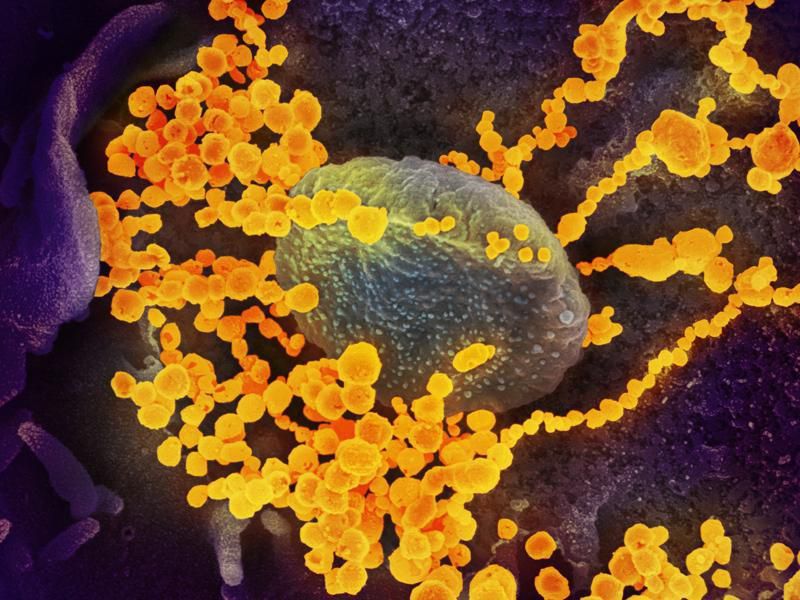
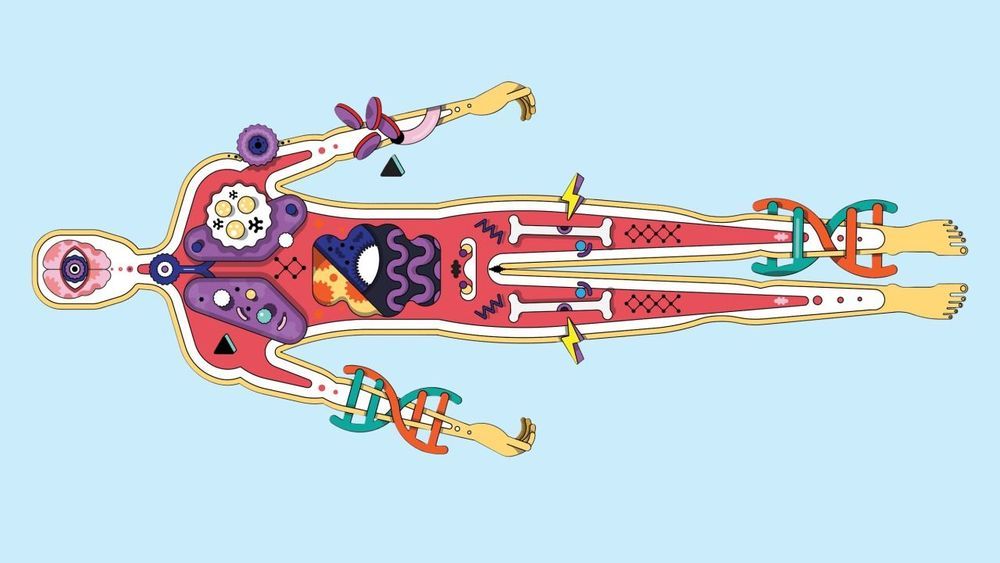
CRISPR gene-editing trials have taken off—and may hold the key to medical breakthroughs.
[Illustration: Jamie Cullen]
